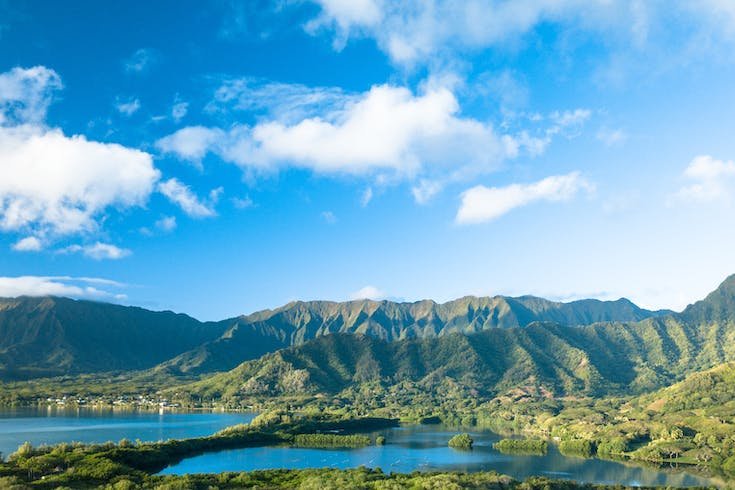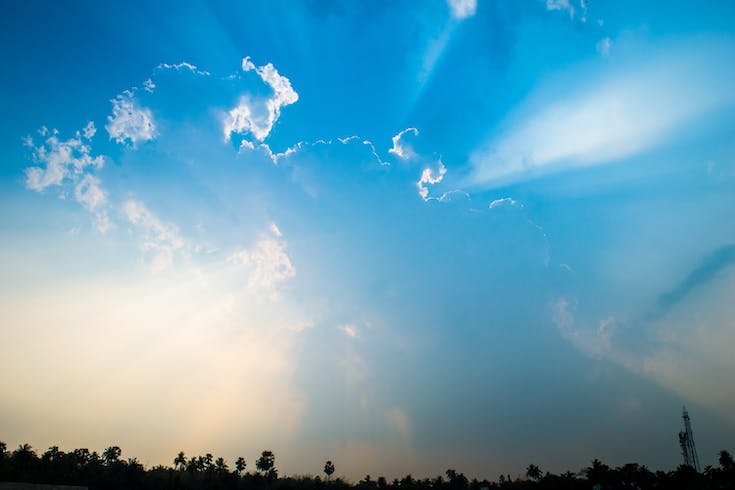Bali, known for its breathtaking landscapes and vibrant culture, is a tropical paradise that attracts tourists year-round. One of the key elements that shapes your experience is the island’s weather patterns. Whether you’re planning an outdoor adventure or seeking a cultural escape, understanding Bali’s climate by season can significantly enhance your trip.
Also read: Bali Travel Guide: Complete Tips for Tourists
Overview of Bali’s Climate


Bali has a tropical climate, characterized by two main seasons:
- Dry Season: April to October — clear skies and low humidity make it perfect for enjoying the beach and outdoor adventures.
- Wet Season: November to March — higher rainfall, lush greenery, and fewer crowds.
Dry Season in Bali (April to October)
Many consider the dry season the best time to visit Bali, offering sunny weather, pleasant temperatures, and ideal conditions for beachgoers, surfers, and outdoor enthusiasts.
- April: Dry weather begins; temperatures range 26°C–32°C; perfect for beach holidays.
- May: Hottest month (27°C–33°C); excellent for water sports with moderate crowds.
- June: Mild temperatures and dry air create a relaxing atmosphere, making it a great choice for couples and those avoiding peak tourist seasons.
- July & August: Sunniest and busiest months; great for sunbathing but expect higher prices.
- September: Fewer tourists; warm weather persists, excellent for hiking and temples.
- October: End of dry season; some rain returns, offering discounts and fewer crowds.
Also read: How Long Can I Stay in Bali?
Wet Season in Bali (November to March)
Although rain is more common during these months, it usually doesn’t persist all day. Bali’s landscapes become more vibrant, and lodging becomes more affordable—ideal for travelers seeking tranquility and lower costs.
- November: The monsoon season begins with warm temperatures and occasional rainfall, attracting fewer visitors and offering a more peaceful experience.
- December: Holiday season; high influx of tourists despite rain.
- January: Wettest month; ideal for cultural tours, spas, and indoor activities.
- February: Still rainy, but quieter; excellent for budget travelers.
- March: Transition month; less rain, rising temperatures, blooming landscapes.
Also read: When is the Best Time to Go to Bali?
Top Things to Do in Bali Depending on Weather


Best Activities During the Dry Season
- Beach Adventures: Enjoy snorkeling, diving, and sunbathing on Bali’s iconic beaches like Kuta, Seminyak, and Nusa Dua.
- Outdoor Exploration: Trek Mount Batur at sunrise or explore waterfalls like Sekumpul and Tegenungan.
What to Do During the Rainy Season
- Cultural Activities: Join Balinese cooking classes, batik workshops, and traditional dance performances.
- Indoor Relaxation: Visit art museums in Ubud, try local cuisine, or unwind in luxury spas.
- Yoga and Wellness: Participate in meditation retreats and yoga sessions across Ubud and Canggu.
Important Visa Tips for Bali Visitors
Before flying to Bali, be sure to check your visa requirements. Most tourists are eligible for a Bali Visa on Arrival (VoA), which permits a 30-day stay. You can extend your Bali VoA for another 30 days.
For longer stays or specific travel purposes:
Want a hassle-free application? Use InvestinAsia’s Bali Visa Services. Our professional team will guide you through every step.
Chat with us now and get a special offer!
Also check our full article: Bali Entry Requirements 2025.
FAQ about Bali’s Weather
What is the rainy season in Bali?
The rainy season in Bali is from November to March. During this time, the rainfall can be heavy, and the humidity is high.
What is the coldest month in Bali?
The coldest month in Bali is January, with average temperatures ranging from 26°C to 32°C.
Also read: What Language do They Speak in Bali?
What is the hottest month in Bali?
The hottest month in Bali is May, with average temperatures ranging from 27°C to 33°C.
What months does Bali have bad weather?
Bali has bad weather during the rainy season, from November to March. During this time, the rainfall can be heavy, and the humidity is high. However, even during the rainy season, there are still plenty of sunny days, and the showers are usually short-lived.



